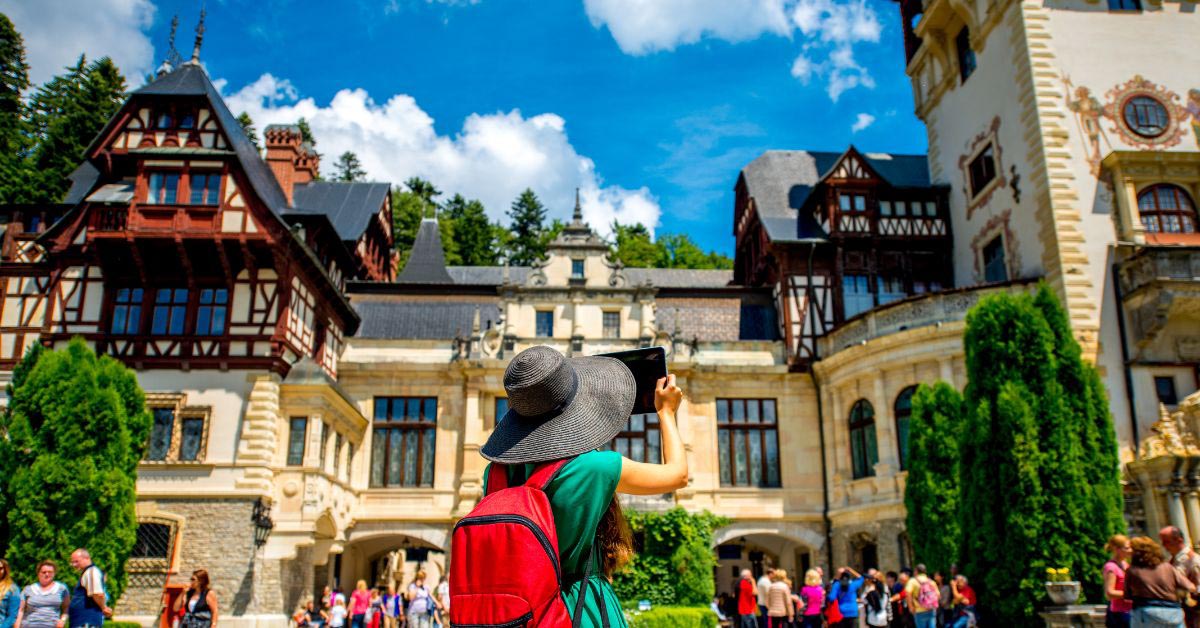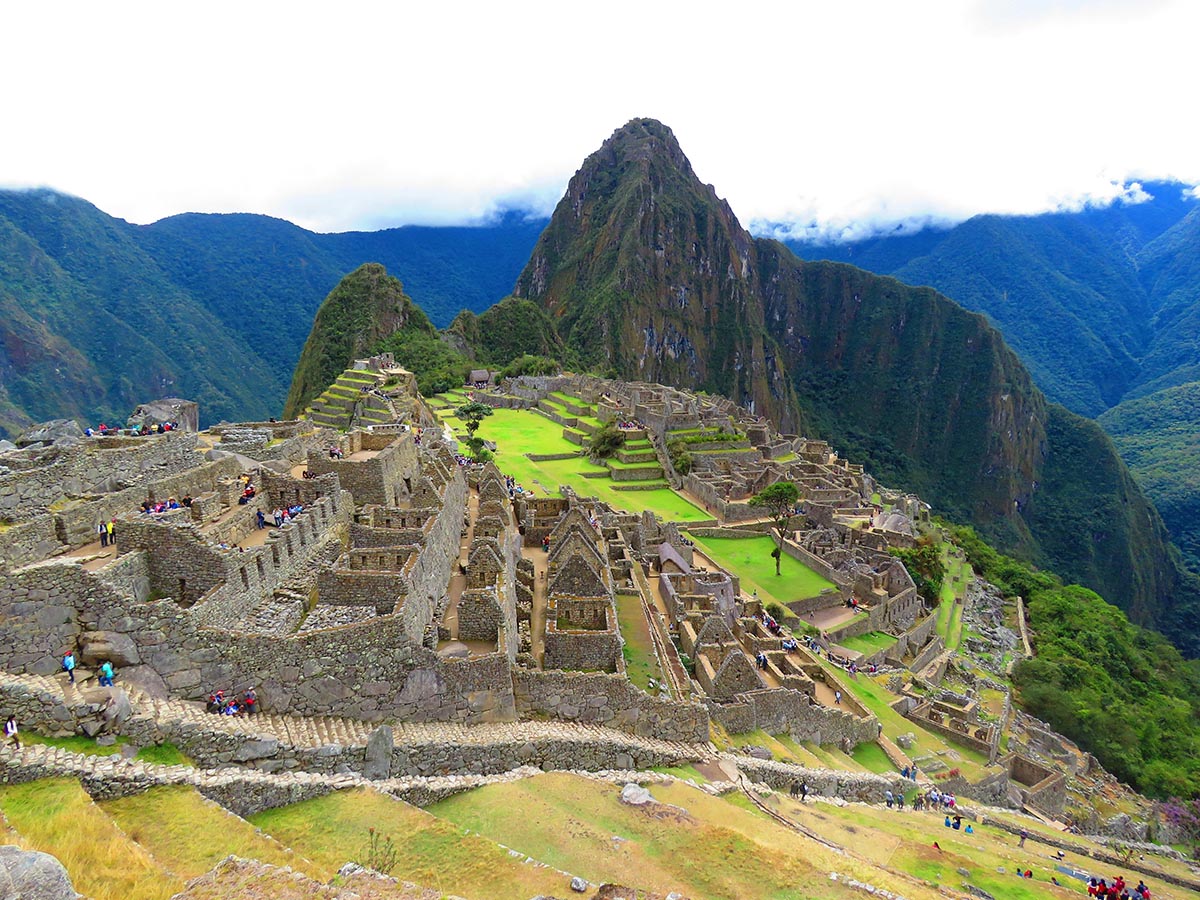Travel photography is an art that allows us to capture and share the beauty, culture, and experiences of our journeys. However, even seasoned photographers can fall into common traps when framing their shots.
Travel photography is an art that allows us to capture and share the beauty, culture, and experiences of our journeys. However, even seasoned photographers can fall into common traps when framing their shots. In this article, we’ll explore four prevalent mistakes in travel photography framing and provide tips on how to avoid them, helping you elevate your travel photos from ordinary to extraordinary.
Mistake 1: Centering Everything
One of the most common mistakes in travel photography is placing the main subject directly in the center of the frame. While this approach can work in certain situations, it often leads to static, uninteresting compositions that fail to engage the viewer.
Why it’s a problem:
Centering the subject can make your photos feel predictable and lacking in visual interest. It doesn’t encourage the viewer’s eye to explore the entirety of the image, potentially missing out on important contextual elements or beautiful details in the scene.
How to avoid it:
Embrace the Rule of Thirds. Imagine your frame divided into a 3×3 grid, and place your main subject along these lines or at their intersections. This technique creates a more balanced and visually appealing composition.
Tips:
- Use your camera’s grid overlay feature to help visualize the Rule of Thirds.
- Experiment with placing your subject off-center and see how it changes the dynamic of your image.
- Consider the direction your subject is facing or moving, and leave space in the frame for them to “move into.” This is where choosing the proper dimensions for your frame becomes even more important. Fortunately, there are lots of services that can help you customize one online.
Mistake 2: Ignoring the Foreground
When photographing sweeping landscapes or iconic landmarks, it’s easy to focus solely on the main subject and neglect the foreground. This oversight can result in flat, two-dimensional images that fail to convey depth and scale.
Why it’s a problem:
Without a strong foreground element, your photos may lack depth and fail to draw the viewer into the scene. This can make even the most breathtaking vistas appear less impressive than they are in reality.
How to avoid it:
Actively seek out interesting foreground elements to include in your compositions. These can serve as leading lines, provide context, or add a sense of scale to your images.
Tips:
- Look for natural elements like rocks, flowers, or water features to incorporate into your foreground.
- Use a wide-angle lens to capture both foreground elements and distant subjects.
- Experiment with different angles and perspectives to find the most compelling foreground-background relationship.
Mistake 3: Cluttered Backgrounds
In the excitement of capturing a beautiful moment or subject, it’s easy to overlook distracting elements in the background. These can detract from your main subject and create visual confusion in your images.
Why it’s a problem:
A cluttered or busy background can compete with your main subject for attention, leading to images that feel chaotic and unfocused. This is particularly problematic in portrait photography or when trying to highlight specific architectural details.
How to avoid it:
Be mindful of your background and take steps to simplify it whenever possible. This doesn’t mean every background needs to be completely plain, but it should complement rather than compete with your subject.
Tips:
- Move around to find cleaner backgrounds or angles that minimize distractions.
- Use a wider aperture (smaller f-number) to create a shallow depth of field, blurring the background.
- In urban environments, look for solid-colored walls or architectural features that can serve as clean backdrops.
- When editing, consider using tools like the healing brush or clone stamp to remove minor distractions if they couldn’t be avoided during shooting.
Mistake 4: Cutting Off Important Elements
Nothing ruins a potentially great travel photo quite like accidentally cutting off important parts of your subject. This can happen when you’re focused on capturing a fleeting moment or when you’re not paying attention to the edges of your frame.
Why it’s a problem:
Cutting off parts of your subject, whether it’s the top of a building, a person’s feet, or part of a landmark, can make your image feel incomplete and amateurish. It can also lead to visual tension as the viewer’s eye is drawn to these cut-off areas.
How to avoid it:
Develop a habit of checking the entire frame before pressing the shutter, paying special attention to the edges. Take a moment to ensure that all essential elements are fully included in your composition.
Tips:
- Use your camera’s live view or electronic viewfinder to see the entire frame more clearly.
- If you’re unsure, take a step back or zoom out slightly to give yourself some extra space around the edges. You can always crop in post-processing if needed.
- For moving subjects, leave extra space in the direction they’re moving to avoid cutting them off.
- When photographing people, be especially mindful of not cutting off limbs at awkward points (like joints). Either include the whole limb or crop deliberately at a natural point.
Conclusion: Practice Makes Perfect
Avoiding these common framing mistakes will significantly improve your travel photography. However, remember that rules in photography are meant to be understood and then selectively broken for creative effect. As you gain more experience, you’ll develop an intuitive sense of composition that goes beyond rigid guidelines.
The key to improvement is practice and reflection. After each trip, review your photos critically. Analyze what worked well and what could be improved in terms of framing and composition. Over time, you’ll find yourself naturally avoiding these mistakes and creating more compelling, professional-looking travel images.
Remember, the goal of travel photography is not just to document your journey, but to capture the essence of a place and share your unique perspective with others. By paying attention to these framing elements, you’ll be able to create photos that not only serve as beautiful memories but also tell rich, visual stories of your adventures around the world.
So pack your camera, keep these tips in mind, and set out to capture the world in all its glory. Happy shooting!








